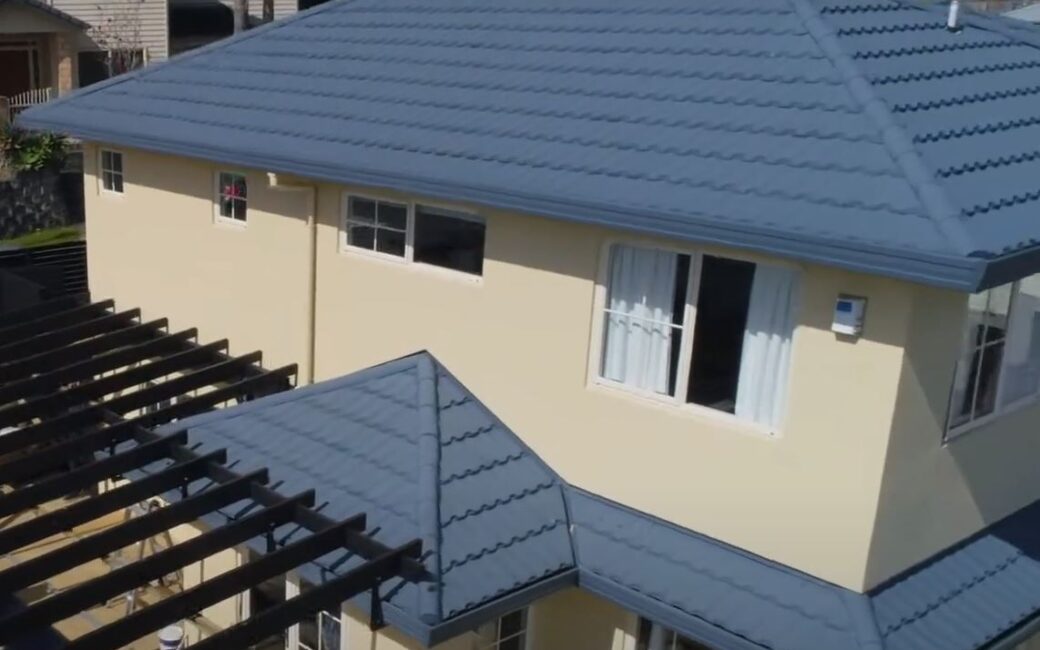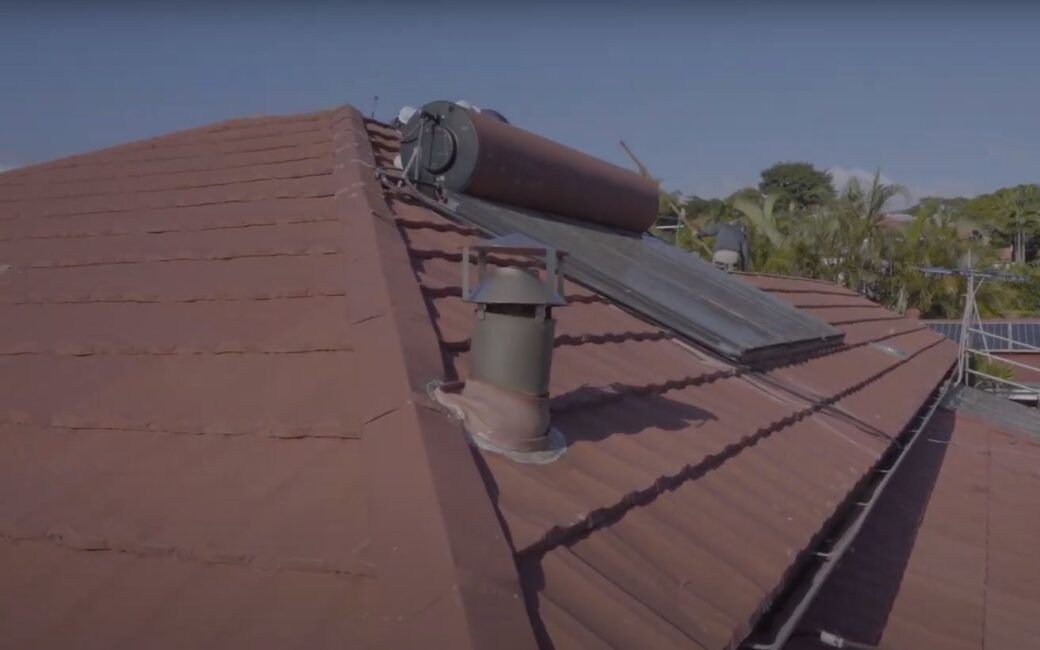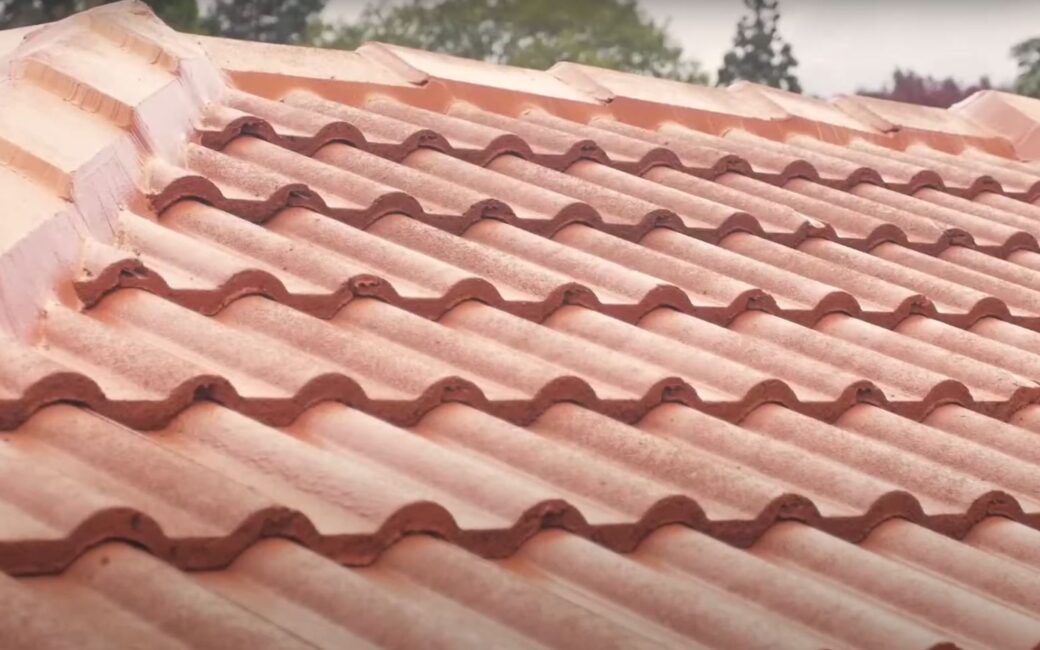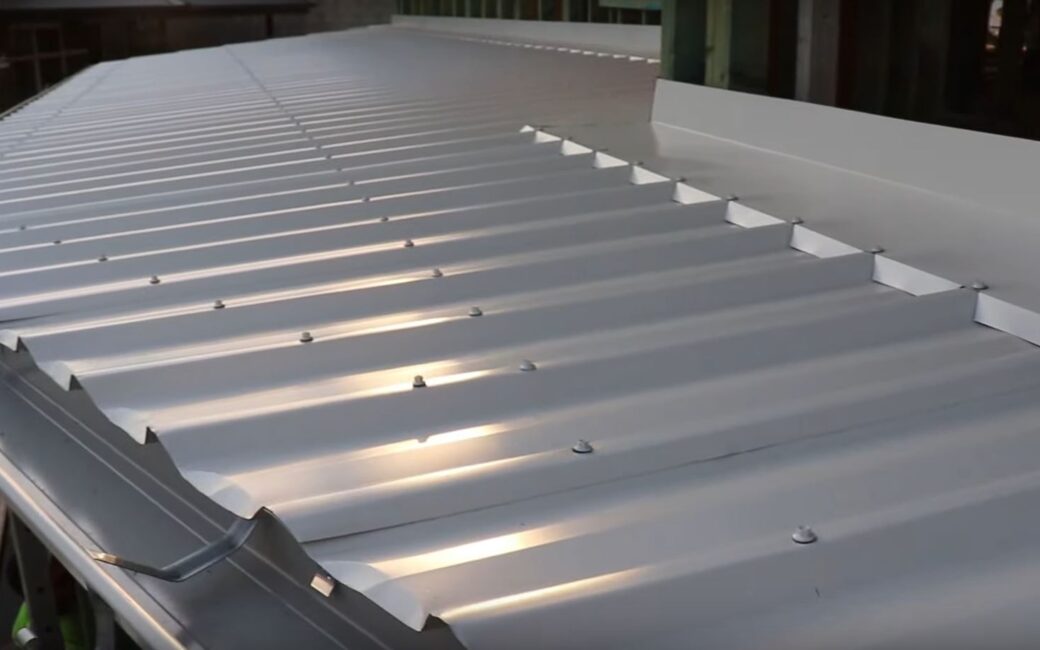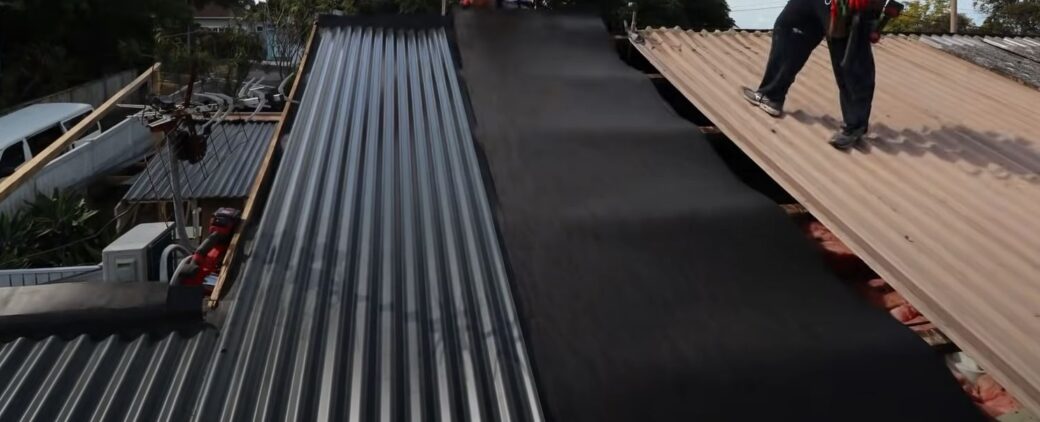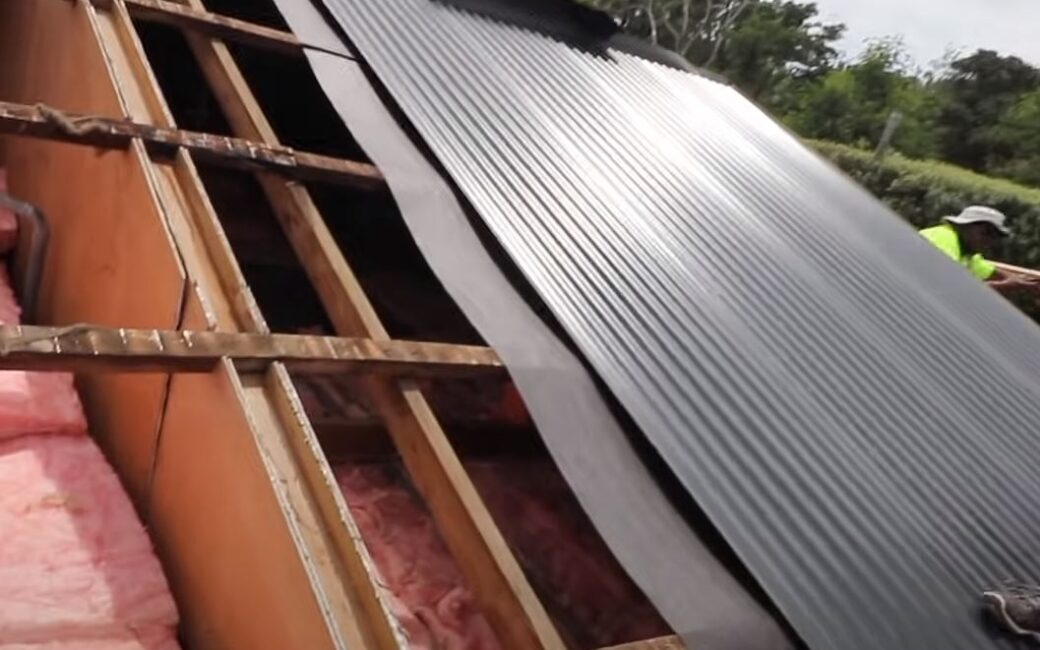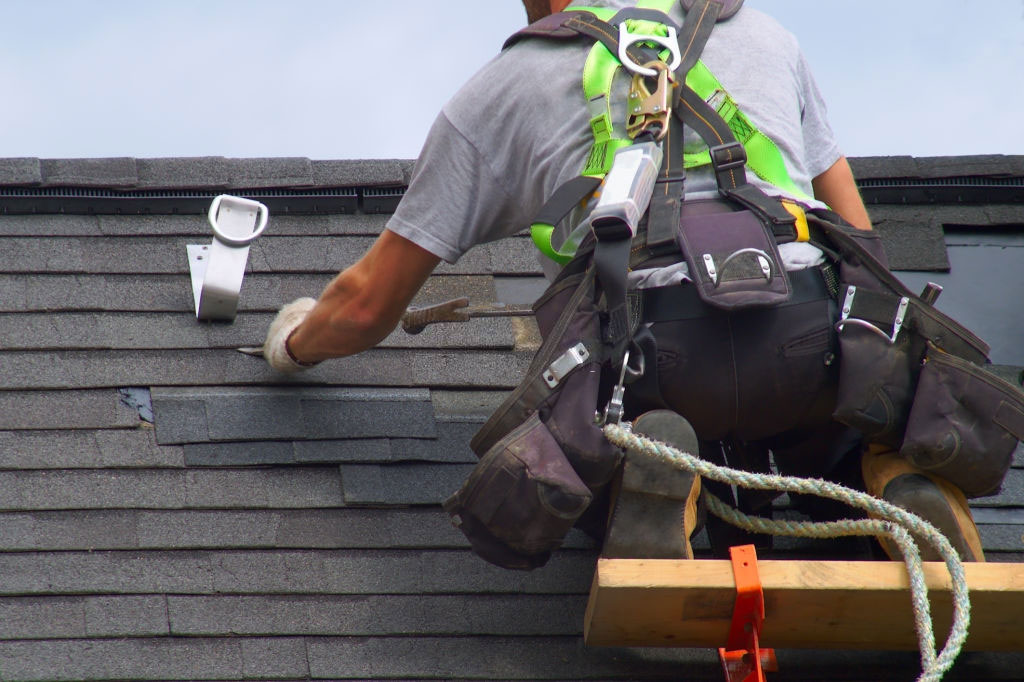In the vibrant city of Auckland, where architectural styles fuse harmoniously with the natural landscape, one roofing material stands out amongst the rest: concrete tiles. As homeowners search for both aesthetic charm and robust protection against the ever-changing Kiwi weather, concrete tiles have consistently emerged as a preferred choice. Their blend of durability, versatility, and visual appeal make them an ideal fit for the unique demands and tastes of Auckland’s residences. But what exactly makes these tiles so sought after? Let’s delve into the myriad reasons behind their growing popularity.
Durability in Various Climates
Concrete tiles are renowned for their robustness and longevity, a perfect fit for Auckland’s varied climate. Their inherent ability to withstand heavy rainfalls, intense UV rays, and strong winds positions them as a top choice for many homeowners.
Affordability and Cost-Effectiveness
While the upfront installation costs of concrete tiles can be higher than some other materials, the long-term value offered by them is undeniable. Basic concrete tiles come in at NZD $75 per square metre, whereas designer or premium tiles can be bought for NZD $112.50 per square metre. Over their lifespan, they often present a more economical option.
Environmental Benefits
Concrete tiles have an environmental edge. They’re predominantly crafted from natural materials, thus diminishing their environmental footprint. Furthermore, their thermal properties can assist in insulating homes, possibly curtailing heating costs and associated carbon emissions.
Aesthetic Versatility
Auckland homes, spanning from contemporary to time-honoured designs, can capitalise on the diverse range of styles, hues, and finishes offered by concrete tiles. This adaptability empowers homeowners to attain their preferred aesthetic without any functionality compromises.
Low Maintenance
For the bustling Aucklanders, the minimal upkeep of concrete tiles comes as a boon. Periodical inspections, cleaning, and minor repairs ensure their peak condition.
Auckland’s Health and Safety Requirements
Roof installation isn’t trivial, and Auckland has stipulated health and safety standards to protect the workers. These guidelines might influence the overall costs of installation. It’s pivotal to ensure your selected contractor is conversant with these mandates.
Council Bylaws and Considerations
Certain suburbs in Auckland, like Takanini, Clevedon, and Birkdale, may have specific bylaws influencing the installation or refurbishment of concrete tile roofs. Being informed and compliant is vital to prevent potential challenges.
Tile Options and Pricing
A myriad of concrete tiles awaits homeowners. Here’s a succinct breakdown:
- Standard Tiles: These common tiles offer both affordability and efficiency at NZD $75 per square metre.
- Designer Tiles: For those with an inclination towards luxury, designer tiles present enhanced visual appeal and performance at NZD $112.50 per square metre.
Concrete Tiles and Auckland’s Weather
Given Auckland’s occasionally erratic weather, the need for a resilient roofing material is paramount. Concrete tiles fulfil this need, especially with their resistance to saline atmospheres prevalent in coastal Auckland areas.
Summary Table
| Type | Pros | Cons | Cost (per sq.m) | Installation Variables | Suitability |
| Standard Tiles | Durable, Economical | Slightly heavier | NZD $75 | Complexity, Labour intensity | Suited for a majority of Auckland homes |
| Designer Tiles | Enhanced Aesthetics, Superior Performance | Costlier upfront | NZD $112.50 | Complexity, Labour intensity | Best for upscale Auckland residences |
This article intends to elucidate Auckland residents pondering over concrete tile roofing. Every home has its unique nuances, so it’s always prudent to engage with a roofing specialist to discern the best options tailored to specific needs.
Concrete Tiles: Uncovering Their Strengths
Why are concrete tiles considered durable?
Concrete tiles are manufactured to withstand harsh elements, including heavy rain, strong winds, and prolonged UV exposure. Their resilience and longevity make them a dependable choice for roofing.
How do concrete tiles enhance the aesthetic appeal of a home?
Concrete tiles come in a vast array of colours, shapes, and finishes. This versatility allows homeowners to customise their roofing to match or contrast their home’s design, offering both traditional and contemporary looks.
Are concrete tiles cost-effective in the long run?
While the initial cost might be higher than some other roofing materials, the durability and low maintenance requirements of concrete tiles often mean fewer replacements and repairs over time, translating to long-term savings.
What makes concrete tiles a sustainable choice?
Crafted predominantly from natural materials, concrete tiles have a lower environmental footprint. Additionally, their thermal properties can improve home insulation, potentially reducing heating costs and associated carbon emissions.
How do concrete tiles fare in terms of maintenance?
Concrete tiles are known for their low maintenance needs. Regular inspections, occasional cleaning, and minor repairs will typically keep them in optimal condition for years.
Can concrete tiles support various architectural styles?
Absolutely. With a wide range of design options available, concrete tiles can complement everything from a classic villa to a modern architectural masterpiece, catering to diverse aesthetic preferences.
